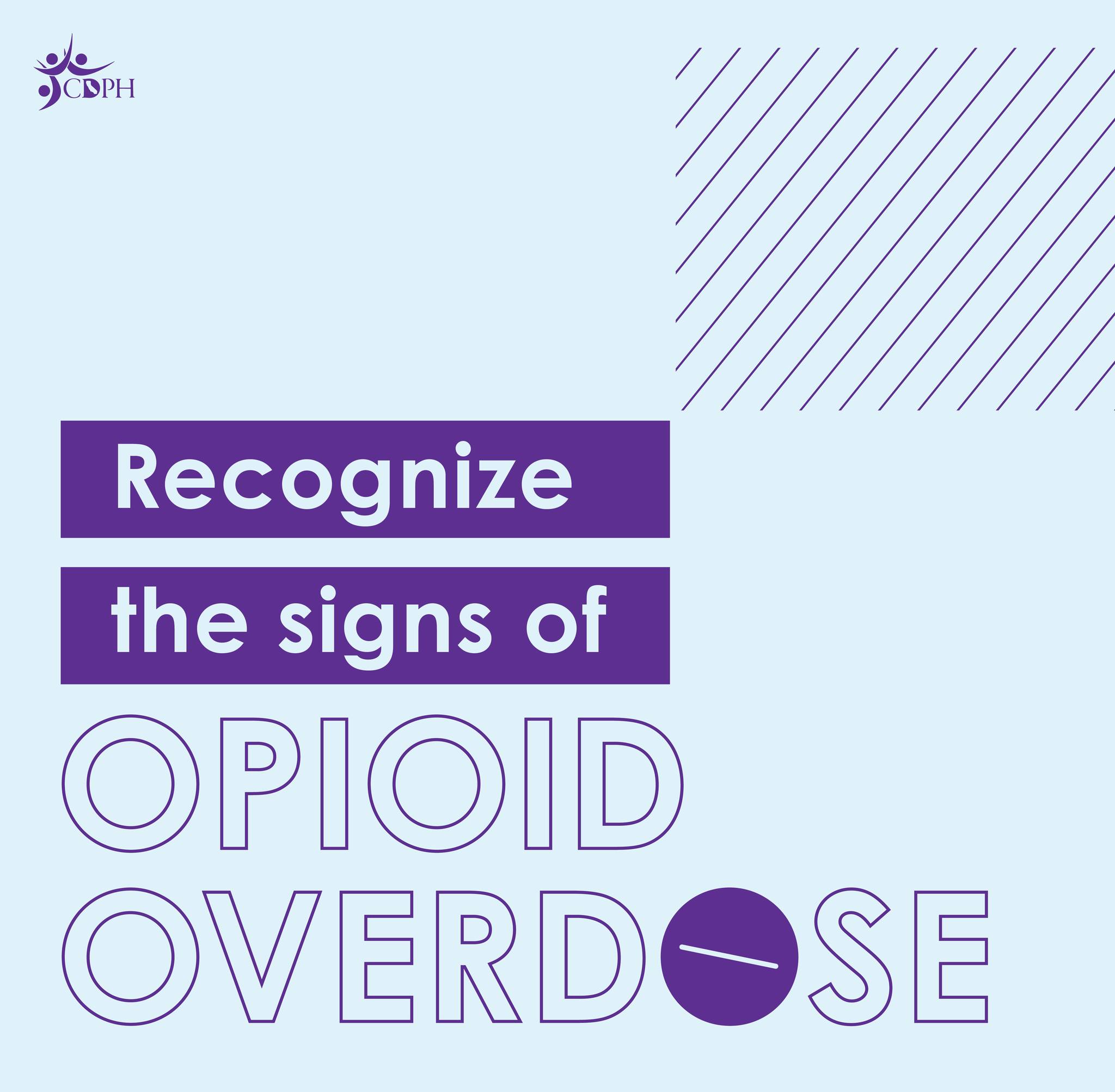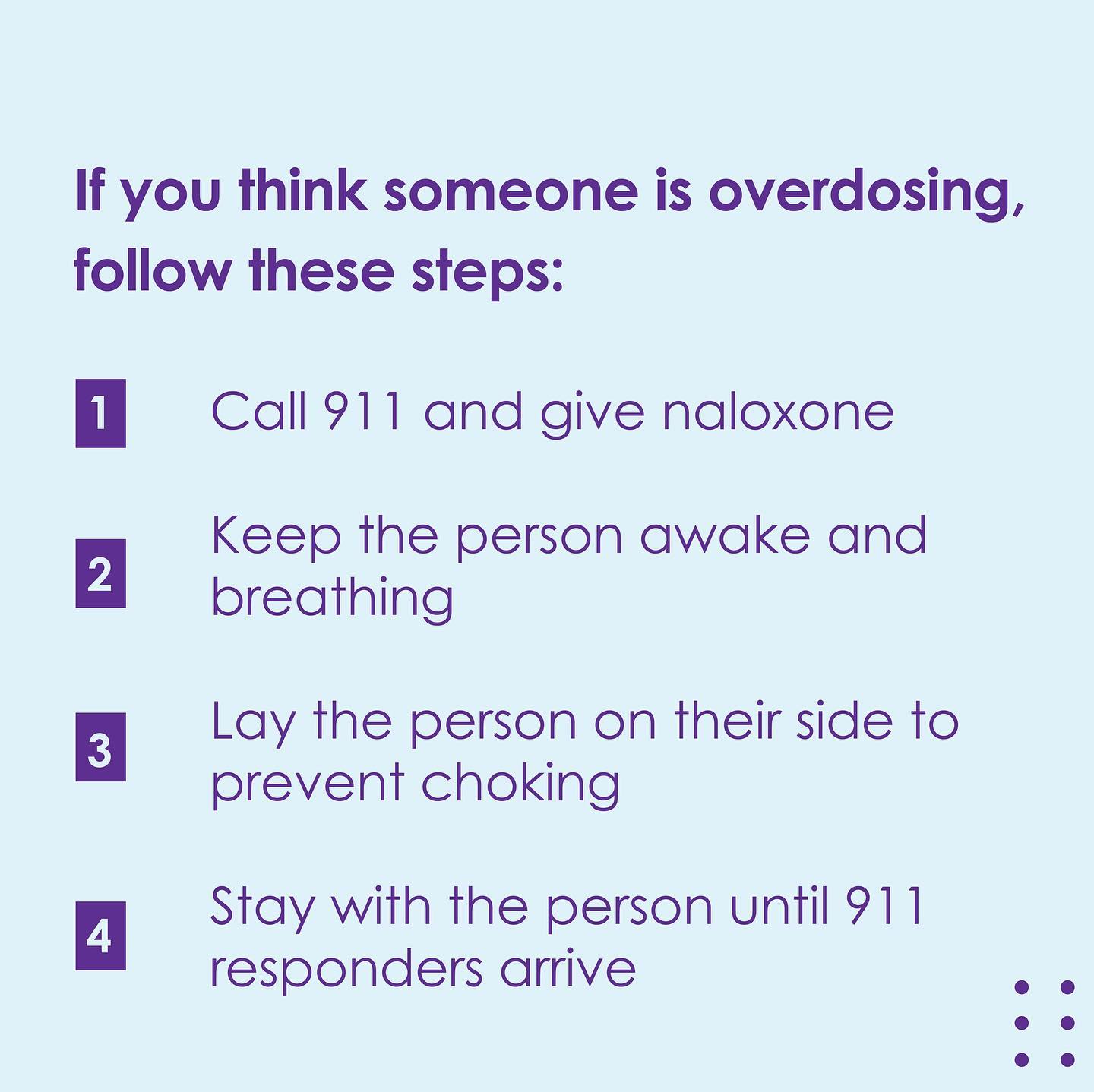New State Law to Help Save Lives from Opioid and Fentanyl Overdoses on College Campuses Takes Effect January 1
December 22, 2022
NR22-174
Contact: CDPHpress@cdph.ca.gov
Colleges and universities can order Naloxone at no cost through the
Naloxone Distribution Project
CDPH working with college campuses to increase awarenessof opioid and fentanyl overdose, use of life-saving Naloxone
SACRAMENTO – As California students head back to many public colleges and universities in the new year, the California Department of Public Health (CDPH) is bolstering efforts to raise awareness of and prevent opioid use, addiction, and potential overdose, as the state works to provide students with greater access to the life-saving drug Naloxone.
CDPH is working with college and universities statewide to deliver updated educational materials to build additional awareness of the benefits of Naloxone, a life-saving medication used for the emergency treatment of a known or suspected opioid overdose. These efforts are made possible in part by the Campus Opioid Safety Act (Senate Bill 367), which goes into effect on January 1, 2023. The Act aims to reduce opioid-related overdoses and deaths at public colleges and universities by providing life-saving education, information, and federally approved opioid overdose reversal medication on campus.
"Many overdose deaths can be prevented with Naloxone, a life-saving drug that's available to many colleges and universities at no cost," said State Public Health Officer and CDPH Director Dr. Tomás J. Aragón. "Some colleges already make Naloxone and overdose education a top priority, and our goal is to continue supporting them while also breaking additional barriers and stigma that may be preventing us from talking about overdose and keeping students alive."
Warning students and faculty about the dangers of fentanyl and opioid abuse could help them keep their classmates and students alive – nearly half (46%) of overdose deaths nationwide could have been prevented simply with a bystander getting involved, according to recent
data posted by the Centers for Disease Control and Prevention.
Colleges and universities can order Naloxone at no cost through the Department of Health Care Services (DHCS)
Naloxone Distribution Project. The life-saving drug is provided at no cost to the institution with federal and state funding.
"Far too many families have had to bury their loved ones after they've overdosed on opioids," said State Senator Melissa Hurtado of Bakersfield. "This is unacceptable, and while more must be done, I am proud to have authored Senate Bill 367 — the Campus Opioid Safety Act. One death is one too many, and SB 367 helps ensure that life-saving medication is available to prevent these senseless deaths."
Preliminary data indicates there were 6,843 opioid-related overdose deaths in California in 2021, and 5,722 of these deaths were related to fentanyl, a potent synthetic opioid typically prescribed as a pain medication. When taken recreationally and without a doctor's recommendation, or when mixed with other drugs to increase its potency, fentanyl can often lead to fatal overdose.
The Campus Opioid Safety Act requires CDPH to provide educational and preventive information about opioid overdose to all college and university campuses as part of their established student orientation process. Due to different governance structures of the state's colleges and universities, the Act compels participation by the California State University system and California Community Colleges, and requests participation by the University of California system.
Resources for Campus Leaders and Others

Knowledge can save lives and stop drug overdose. Know the signs of an overdose:
- Small, constricted "pinpoint pupils"
- Falling asleep or losing consciousness
- Slow, weak, or no breathing
- Choking or gurgling sounds
- Limp body
- Cold and/or clammy skin
- Discolored skin (especially in lips and nails)
